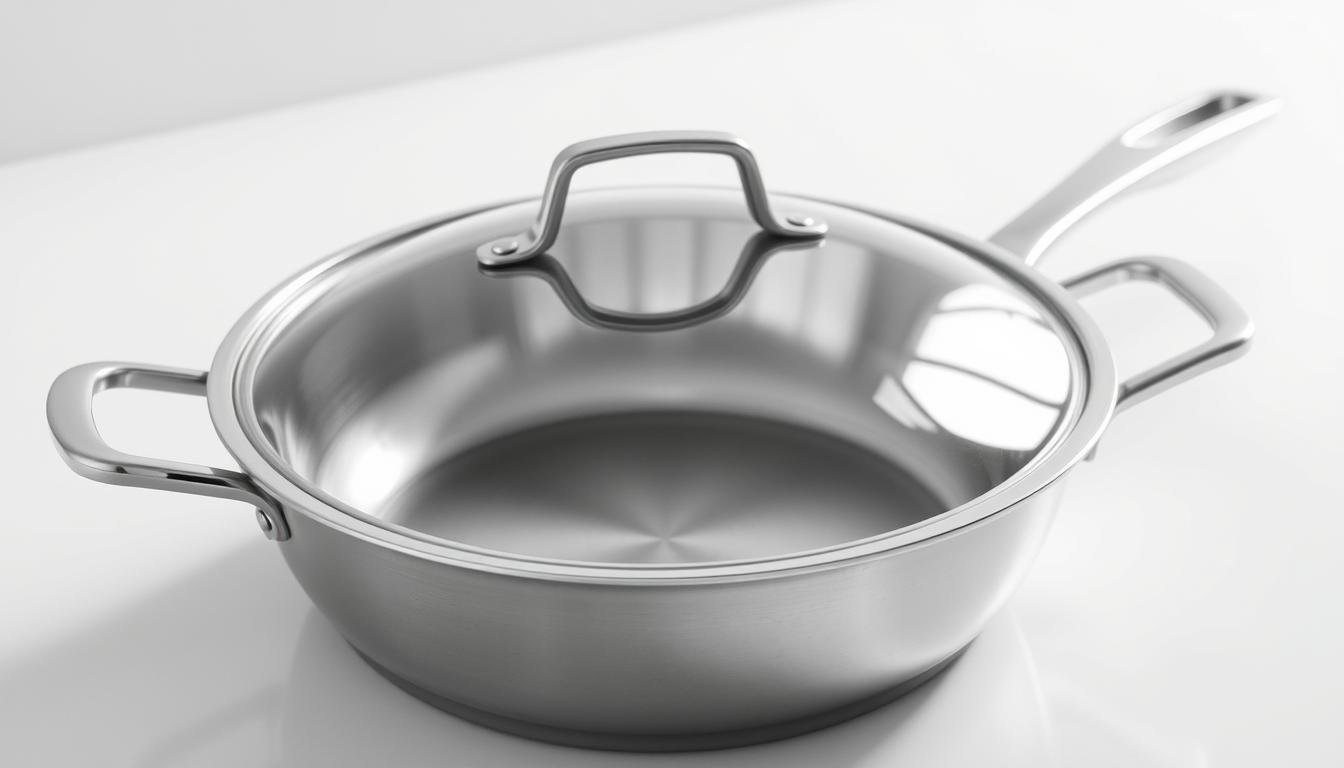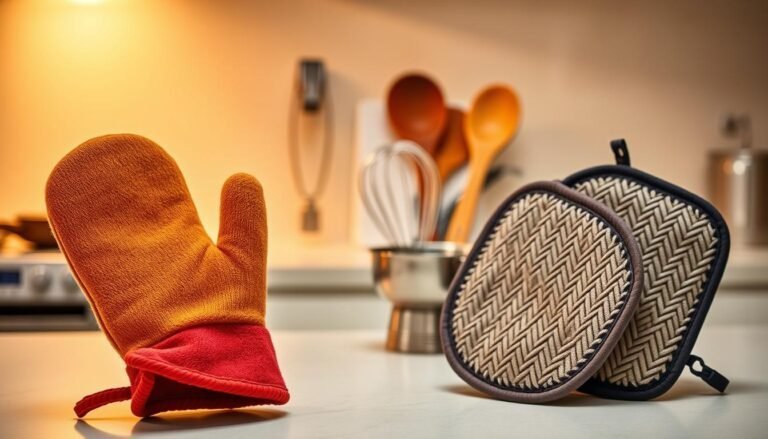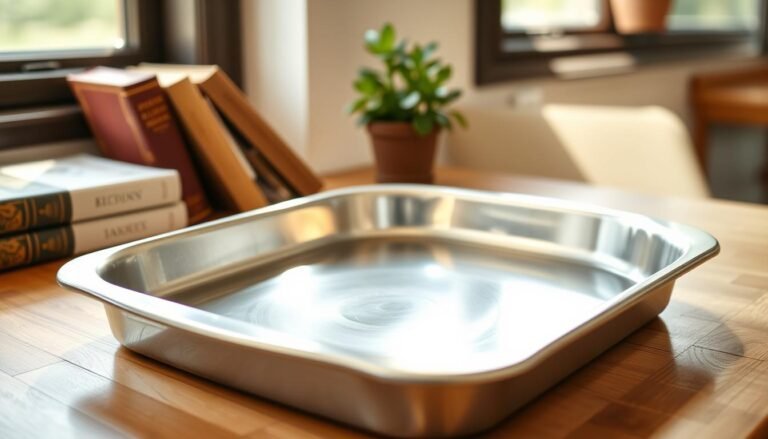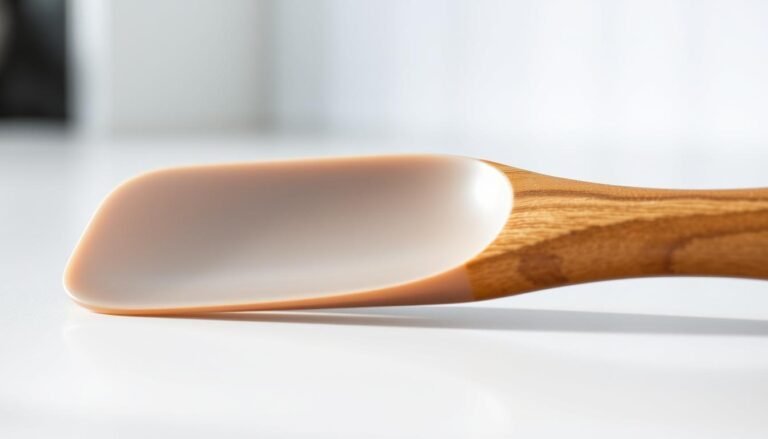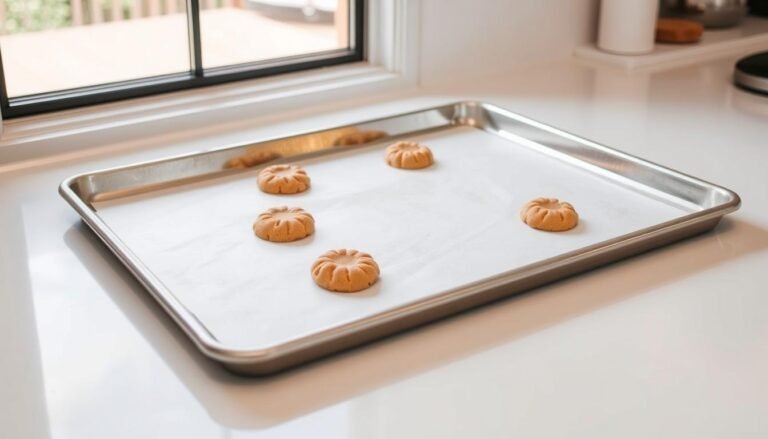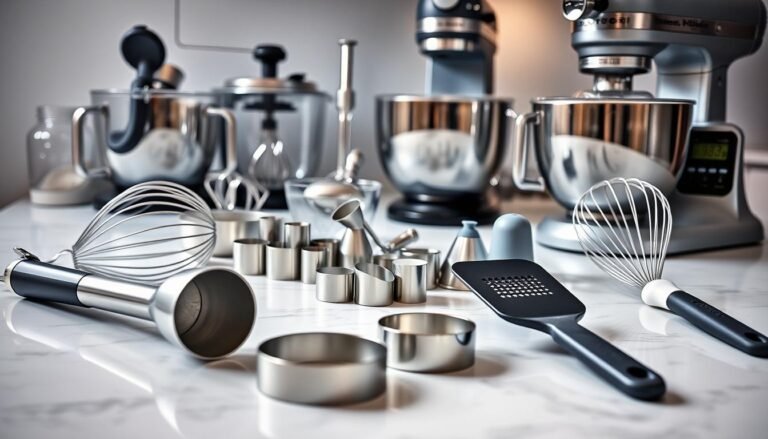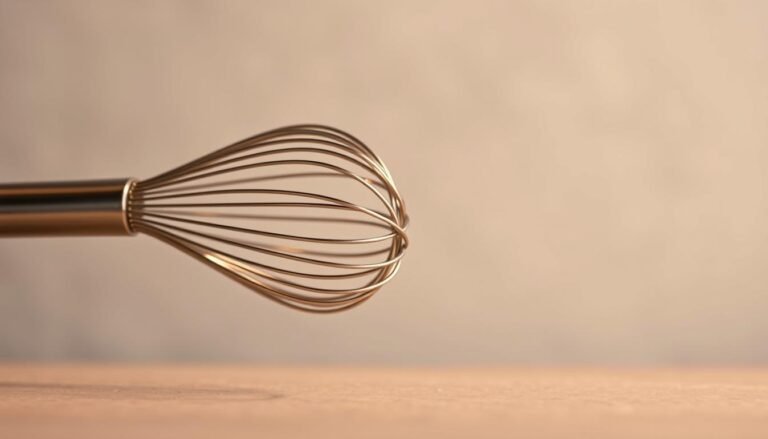Disclosure: This Post Contains Affiliate Links; We earn a commission on purchases.
Having the right kitchen cookware is key for cooking. A good cooking utensil like a saucepan is vital. It helps with boiling water and reheating soup.
A saucepan is a small, deep pot for cooking liquids on the stove. It’s deeper than a skillet but shallower than a stockpot. The right saucepan makes cooking better, making it a must-have.
Key Takeaways
- Choosing the right saucepan is key for cooking.
- A good saucepan is a versatile cooking utensil for many tasks.
- The material and size of the saucepan matter a lot.
- A saucepan with a lid is great for many dishes.
- Buying a quality saucepan improves your cooking.
Why Every Kitchen Needs a Quality Cooking Pot
A good cooking pot is key in any kitchen. It’s great for many tasks, like boiling water and cooking pasta. It’s also perfect for reheating soup.
Versatility in Everyday Cooking Applications
A stainless steel saucepan or a non-stick saucepan is perfect for daily use. They can handle many dishes, like rice, veggies, and eggs. This makes them essential in the kitchen.
Energy Efficiency and Cooking Performance Benefits
A top-notch cooking pot with cover saves energy. It spreads heat evenly, cutting down cooking time. This means your food cooks better and faster.
Understanding Different Types of Saucepans with Lids
Choosing the right saucepan with lid can be tough. But knowing the different types makes it easier. Saucepans vary in size and material, meeting many kitchen needs.
Standard Saucepans for General Cooking
Standard saucepans are great for daily cooking. They’re made from strong materials like stainless steel. They’re perfect for general cooking applications.
For more tips on picking the best saucepan, check out a detailed saucepan buying guide.
Sauce Pots and Their Unique Advantages
Sauce pots are bigger and deeper than standard saucepans. They’re great for cooking lots of food. Their design makes stirring easy and reduces spills.
They’re perfect for cooking pasta or heating sauces.
Windsor or French Saucepans for Specialized Tasks
Windsor or French saucepans are for specific cooking tasks. They’re built to last and heat evenly. Materials like copper or thick stainless steel are used.
These saucepans are best for cooking that needs exact temperature control.
Essential Materials for Durable Saucepans
Choosing the right material for your saucepan is key for its long life and good cooking. The material impacts the saucepan’s durability, cooking ability, and how easy it is to use.
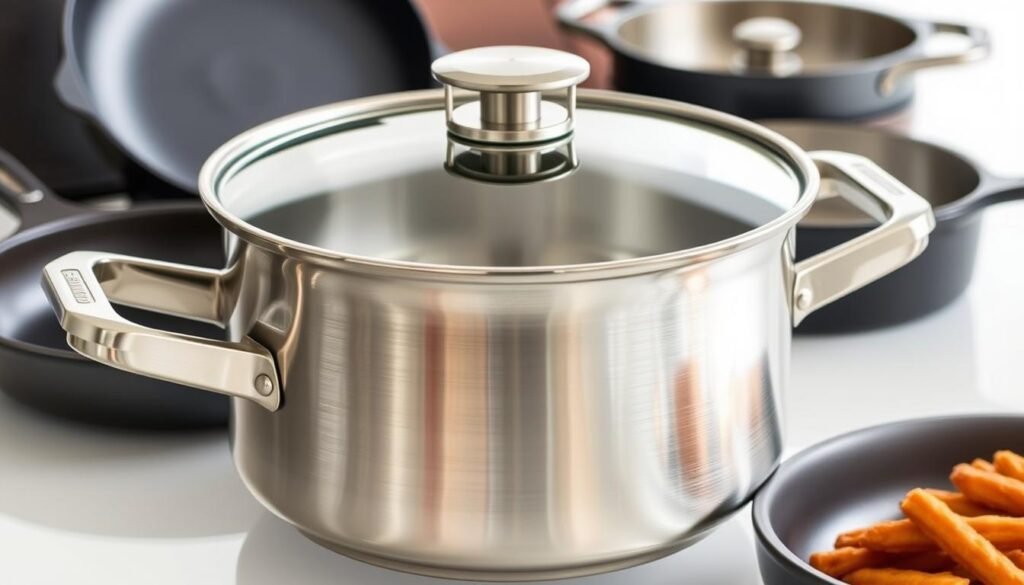
Stainless Steel Options and Their Benefits
Stainless steel saucepans are known for lasting long and not rusting. They are non-reactive, keeping your food’s taste the same. They’re also simple to clean and keep up, making them a favorite among cooks.
Non-Stick Coatings: Pros and Considerations
Non-stick saucepans have a layer that stops food from sticking, making cooking and cleaning simple. But, the non-stick layer can fade with time, needing care. It’s important to pick a non-stick saucepan with a strong coating to last longer.
Cast Iron, Copper, and Aluminum Alternatives
Cast iron saucepans keep heat well and distribute it evenly. Copper saucepans conduct heat best but are pricey. Aluminum saucepans are light and heat well but can react with acidic foods. Each material has its own good points and downsides, fitting different cooking styles and needs.
Key Features to Look for in a Saucepan with Lid
When picking a saucepan with lid, look for key features. A good saucepan is more than just material. It’s about design and features that make cooking and serving better.
Handle Design and Heat Resistance Properties
The handle of a saucepan is very important. You want a stay-cool handle for safe use, even when it’s hot. Choose saucepans with handles that stay cool and are made from heat-resistant materials.
For more tips on picking the right saucepan, check out our saucepan buying guide.
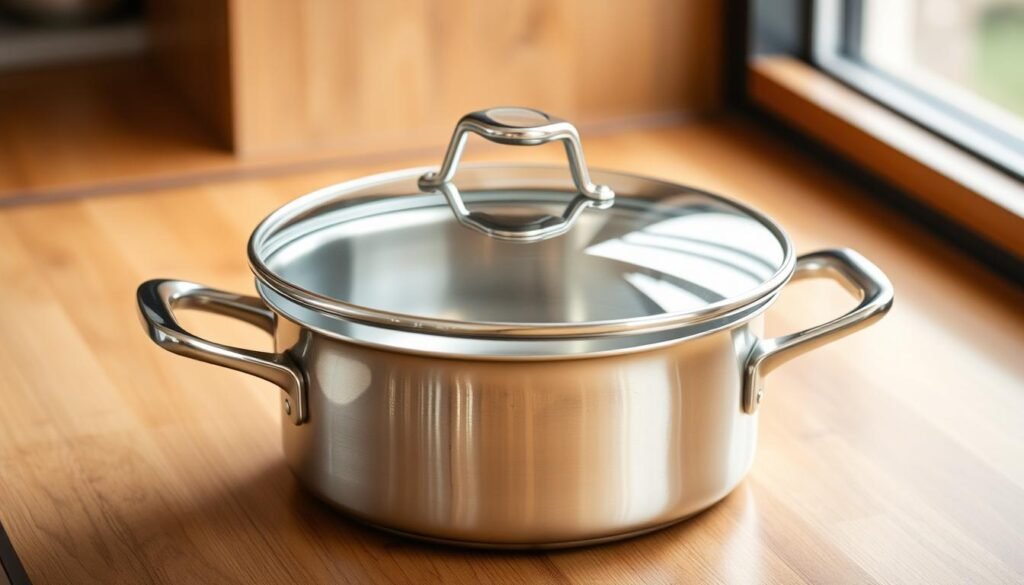
Lid Construction, Materials, and Proper Fit
The lid is as important as the saucepan. A good lid keeps heat and moisture in, so your food cooks evenly. Look for lids that fit well and are made from durable materials.
Choose lids with a glass top for seeing inside or metal for lasting use. The lid should fit tightly to keep steam in.
Pouring Rims and Additional Convenience Features
A saucepan with a good pouring rim makes serving easier. Some saucepans also have extra features like measuring marks or a helper handle. These features make your saucepan more useful in your kitchen cookware.
Choosing the Right Size for Your Cooking Needs
Saucepan sizes vary, and picking the right one is key. It depends on how many you’re cooking for. The correct stovetop pan can greatly improve your cooking.
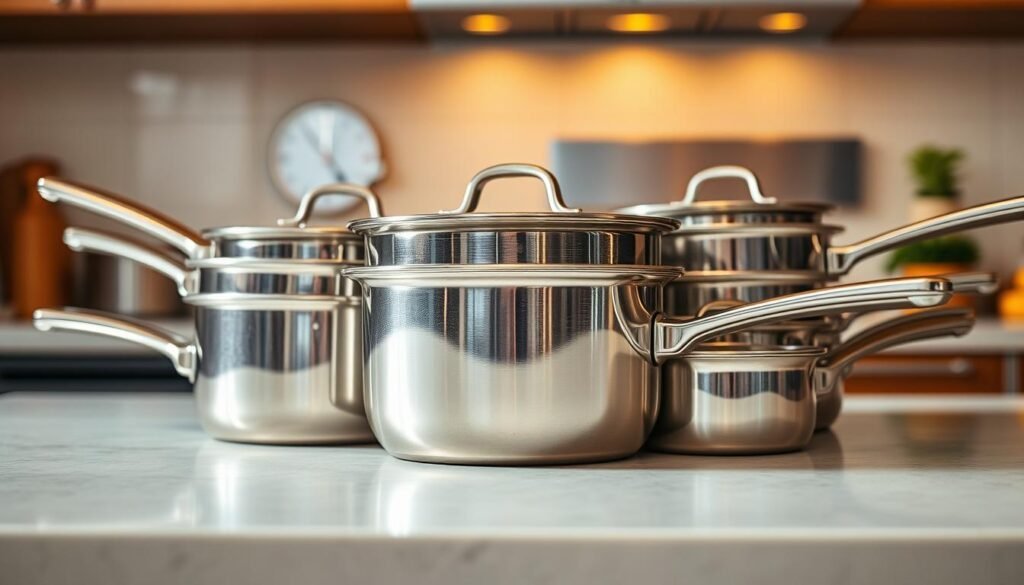
Small Saucepans (1-2 Quarts) and Their Uses
Small saucepans are great for heating sauces or melting chocolate. They’re also perfect for cooking for one. They’re a handy cooking utensil for many tasks.
Medium Saucepans (2-3 Quarts) for Everyday Cooking
Medium saucepans are best for daily cooking. They’re good for pasta, oatmeal, or scrambled eggs. They balance size and heat well.
Large Saucepans (3+ Quarts) for Family Meals
Large saucepans, often with a pot with lid, are for big meals. They’re great for family dinners or making lots of food at once.
Choosing the right saucepan size can make cooking better and more enjoyable.
Stovetop Compatibility and Cooking Performance
Choosing the right saucepan is key for great cooking. It matters whether you have an induction, gas, or electric stovetop. The right saucepan can change your cooking game.
Induction-Ready Saucepans
Induction-ready saucepans work with induction cooktops. They use magnetic fields to heat directly. Look for cast iron or stainless steel saucepans labeled as induction-ready.
Gas and Electric Stovetop Considerations
For gas and electric stovetops, choose saucepans with a heavy bottom. This ensures even heat. Stainless steel saucepans are great for these stovetops because they last long and don’t rust.
Make sure the saucepan’s bottom is flat on a gas stovetop. This keeps it stable.
Oven-Safe Options and Temperature Limits
Some saucepans can go from stovetop to oven. Check the manufacturer’s guidelines for oven safety. Non-stick saucepans might have lower oven limits to avoid damage.
Think about your stovetop and cooking style when picking a saucepan. Whether you choose a stainless steel saucepan or a non-stick saucepan, make sure it fits your cooking setup.
Price Range and Value Considerations
Saucepan prices vary from under $50 to over $150. It’s key to check the value when picking a durable saucepan for your kitchen.
When looking at kitchen cookware, balance your budget with quality needs. Here are some price range insights:
Budget-Friendly Options Under $50
- Basic saucepans that are functional but may lack durability.
- Simple designs with fewer features.
- Often made from thinner materials that may not distribute heat evenly.
Mid-Range Investments ($50-$150)
- Saucepan sets that offer multiple sizes and lids.
- Improved materials that enhance durability and heat distribution.
- Additional features like non-stick coatings or ergonomic handles.
Professional-Grade Saucepans ($150+)
- High-quality materials that ensure long-lasting performance.
- Advanced features such as induction compatibility or superior non-stick surfaces.
- Often preferred by professional chefs for their reliability and performance.
When picking a cooking utensil like a saucepan, think about your cooking habits. Also, consider the value you’re getting for your money. Whether you want something affordable or top-notch, there’s a durable saucepan for you.
Conclusion: Making the Perfect Choice for Your Kitchen
Choosing the right saucepan can really change how you cook. A good saucepan with a lid is key for your kitchen. Think about the material, size, and if it fits your stovetop.
The best saucepan should be good to use, last long, and be easy to handle. It doesn’t matter if you cook a lot or just sometimes. The right saucepan will make your food taste better and make cooking easier.
By using the tips from this article, you can pick a saucepan that fits your needs. Getting a top-notch saucepan is a smart choice for anyone who loves to cook.
FAQ
What is the best material for a saucepan?
What size saucepan should I choose?
What features should I look for in a saucepan with lid?
Are non-stick saucepans worth the investment?
Can I use a saucepan on an induction cooktop?
How do I care for my stainless steel saucepan?
What is the difference between a saucepan and a sauce pot?
Can I put my saucepan in the oven?

From beginner-friendly tips to no-fuss dessert ideas, Ryan is all about helping people enjoy baking and treat-making without the stress. Whether you’re whipping up something for a party or just craving something sweet, Ryan’s practical approach makes it easy to create desserts that taste great and don’t take all day.
Subscribe to Our Newsletter

